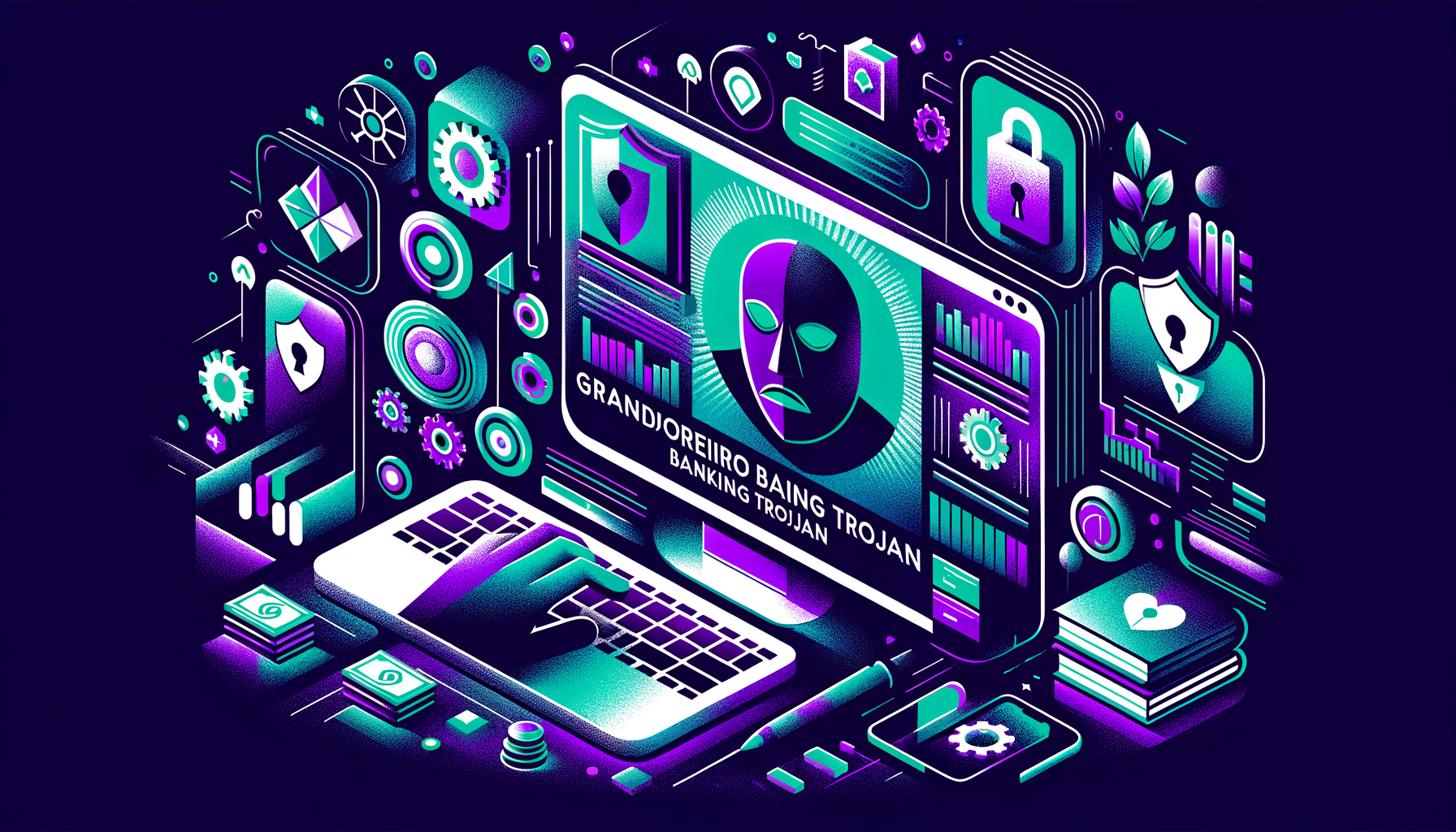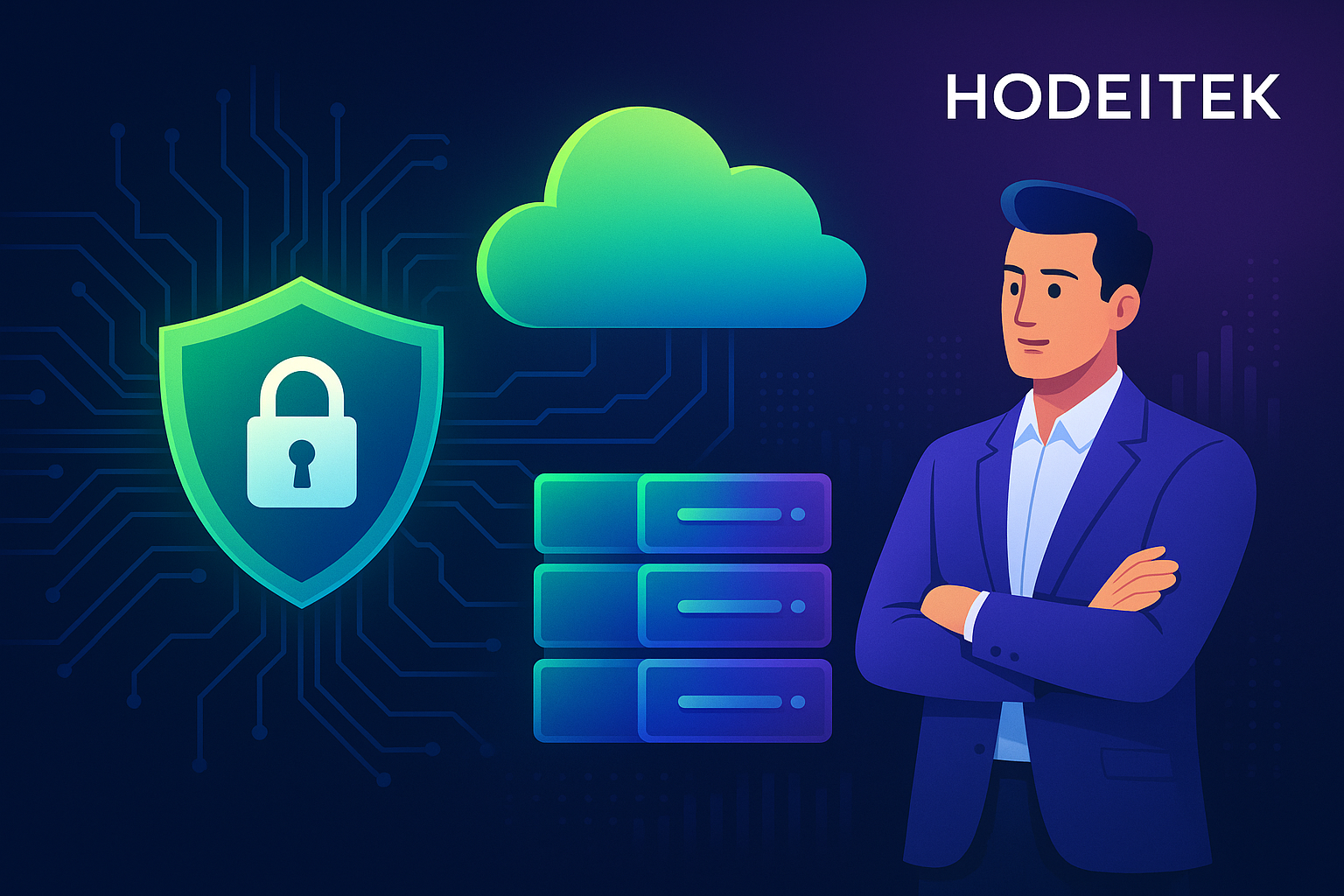The Grandoreiro Banking Trojan: A Comprehensive Analysis
The digital landscape is constantly evolving, with cyber threats becoming increasingly sophisticated and pervasive. One such emerging threat is the Grandoreiro banking trojan, a formidable cyber weapon targeting financial institutions and individual users alike. This article delves into the details and implications of the Grandoreiro trojan, exploring its mechanisms, impact, and strategies for mitigation. For businesses and individuals concerned with cybersecurity, understanding this threat is crucial.
Overview of the Grandoreiro Banking Trojan
First detected in late 2017, the Grandoreiro trojan has primarily targeted users in Latin America, particularly in Brazil, Mexico, Spain, and Portugal. This malware is a cyber threat intelligence highlighting the global reach and adaptability of modern cyber threats. It operates primarily by duplicating legitimate services, tricking unsuspecting users into divulging sensitive information, often through social engineering tactics.
Grandoreiro falls under the category of banking trojans. These are malicious software programs designed to steal financial information from users of online banking services. What sets Grandoreiro apart is its multi-faceted attack strategies, including keylogging, clipboard and form grabbing, video capturing, and more.
How Grandoreiro Works
The Grandoreiro trojan is typically distributed through phishing campaigns. Victims receive emails that appear to be from legitimate sources, prompting them to download a file or click a link ostensibly for further information. This action inadvertently installs the malware on their system, which then lies dormant until the user attempts to access online banking services.
Once activated, Grandoreiro employs various tactics to acquire sensitive data:
- Keylogging: Captures keystrokes to gather passwords and other sensitive data.
- Form Grabbing: Intercepts data entered into web forms before it is encrypted by the browser.
- Screen Recording: Takes screenshots and even records sessions to gain insight into user activity.
Implications for Businesses and Individuals
The consequences of a Grandoreiro infection can be severe. For individuals, it often results in unauthorized bank transactions, leading to financial loss and compromised personal information. For businesses, the damage can extend beyond monetary loss, impacting brand reputation and customer trust.
This threat underscores the necessity for robust cybersecurity measures, particularly in regions like the European Union, where digital banking is prevalent. Spanish and European businesses must prioritize secure banking practices and opt for next-generation firewalls (NGFWs) that can detect and neutralize such threats before they cause harm.
Mitigating the Grandoreiro Threat
Advanced Cybersecurity Solutions
Effectively combating the Grandoreiro trojan requires a comprehensive security approach. Here are some essential strategies:
Endpoint Detection and Response (EDR), Extended Detection and Response (XDR), and Managed Detection and Response (MDR)
Implementing EDR, XDR, and MDR solutions provides continuous monitoring and detection of cyber threats across various endpoints and network layers. These technologies help in identifying suspicious activities and deploying rapid response mechanisms, significantly minimizing potential damage. Their proactive alert systems are crucial for identifying threats like Grandoreiro before they can execute their harmful payload.
Vulnerability Management as a Service (VMaaS)
VMaaS is a preventative measure, constantly scanning systems for vulnerabilities that could be exploited by malware, including banking trojans like Grandoreiro. Regular updates and patches to software reduce the window of opportunity for such attacks.
SOC as a Service (SOCaaS) 24×7
To maintain continuous vigilance, businesses can utilize SOC as a Service. This 24×7 managed security operation center service ensures real-time threat monitoring, incident detection, and response. This level of security is essential for staying ahead of complex threats.
Data Loss Prevention (DLP)
Employing Data Loss Prevention strategies helps in safeguarding sensitive information from being extracted out of the network. Proper DLP measures ensure that potential data theft by trojans is effectively blocked, protecting both customer and enterprise data.
The Role of Cyber Threat Intelligence
Staying informed about the latest cyber threats is imperative. Advanced Cyber Threat Intelligence services equip businesses with the insights necessary to anticipate and counteract security breaches. The continuous analysis of cyber threat data helps in developing adaptive defense strategies against evolving threats like Grandoreiro.
Conclusion: Strengthening Cybersecurity Posture
The Grandoreiro banking trojan exemplifies the evolving threats faced by individuals and businesses in the digital world. To counter such sophisticated malware, a multi-layered cybersecurity strategy is essential. By incorporating services like Cybersecurity solutions, businesses can enhance their defense against potential financial and data breaches.
Our specialized services, including Next Generation Firewalls, Web Application Firewalls, and Industrial SOC as a Service, provide the necessary infrastructure to protect against current and future threats effectively. Contact us today to learn more about how we can secure your digital assets (Contact Page).
In a world where cyber threats continuously evolve, opting for comprehensive cybersecurity solutions is not just an option but a necessity. Let us guide you in crafting a robust cybersecurity strategy tailored to your specific needs.






